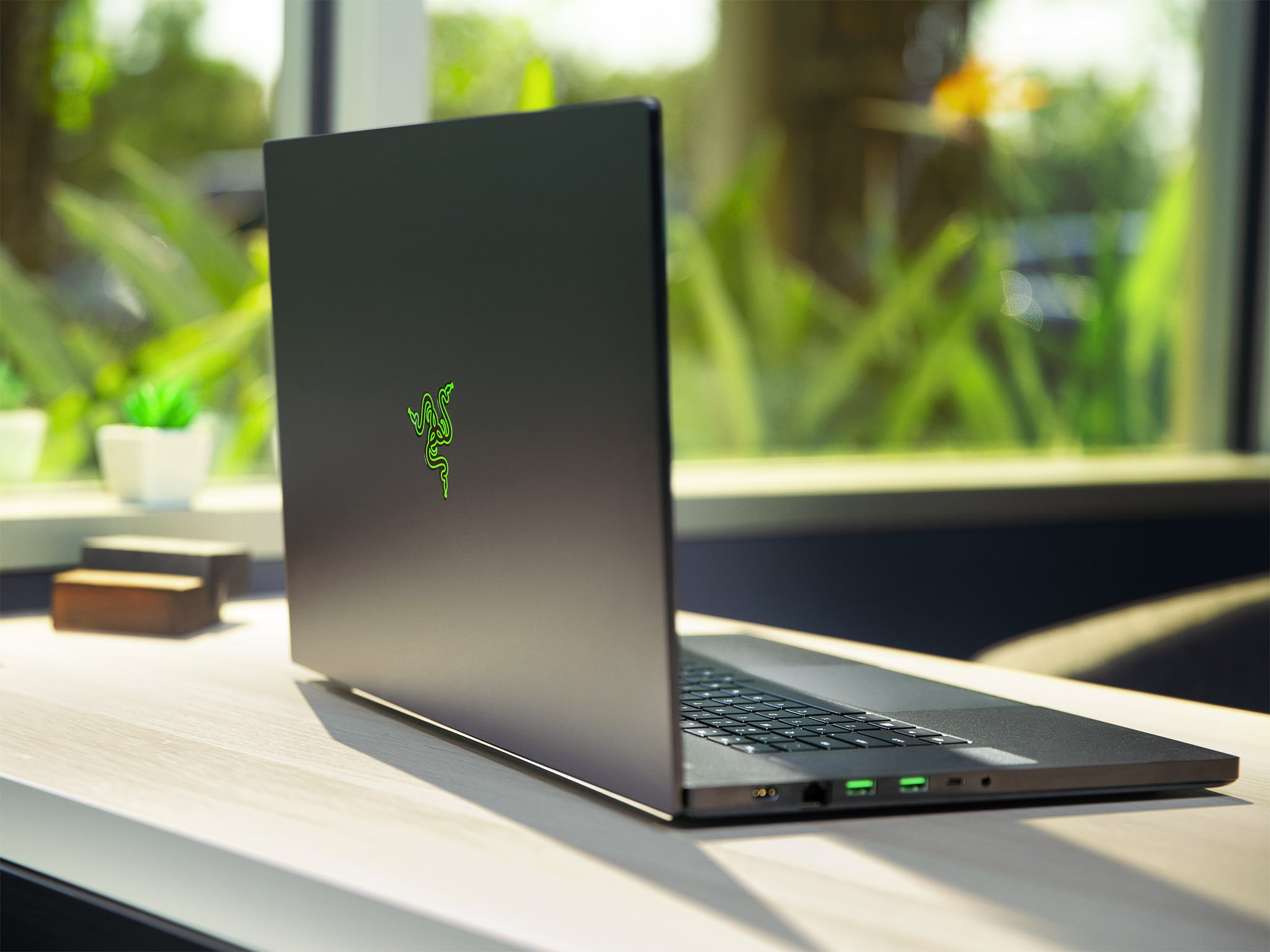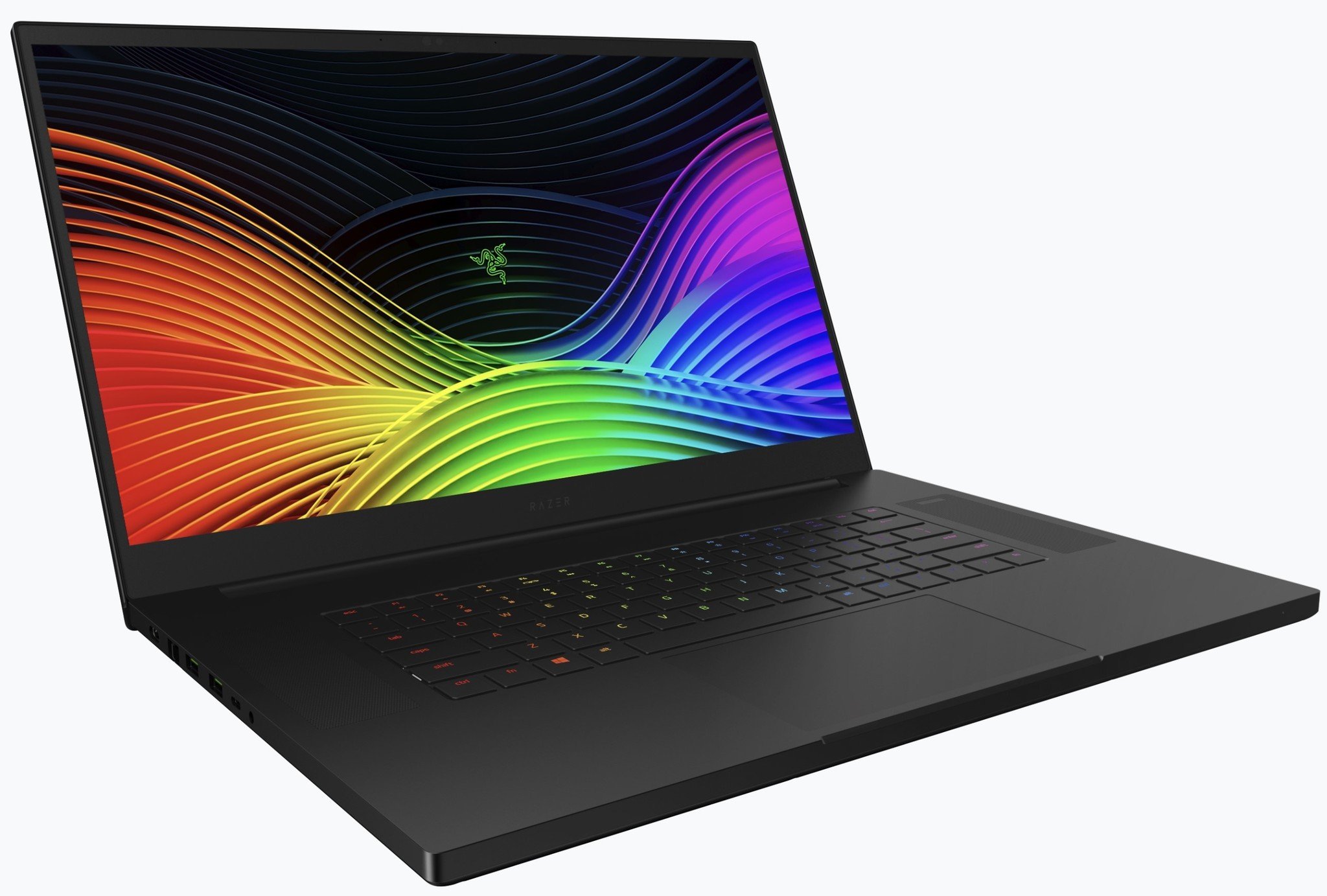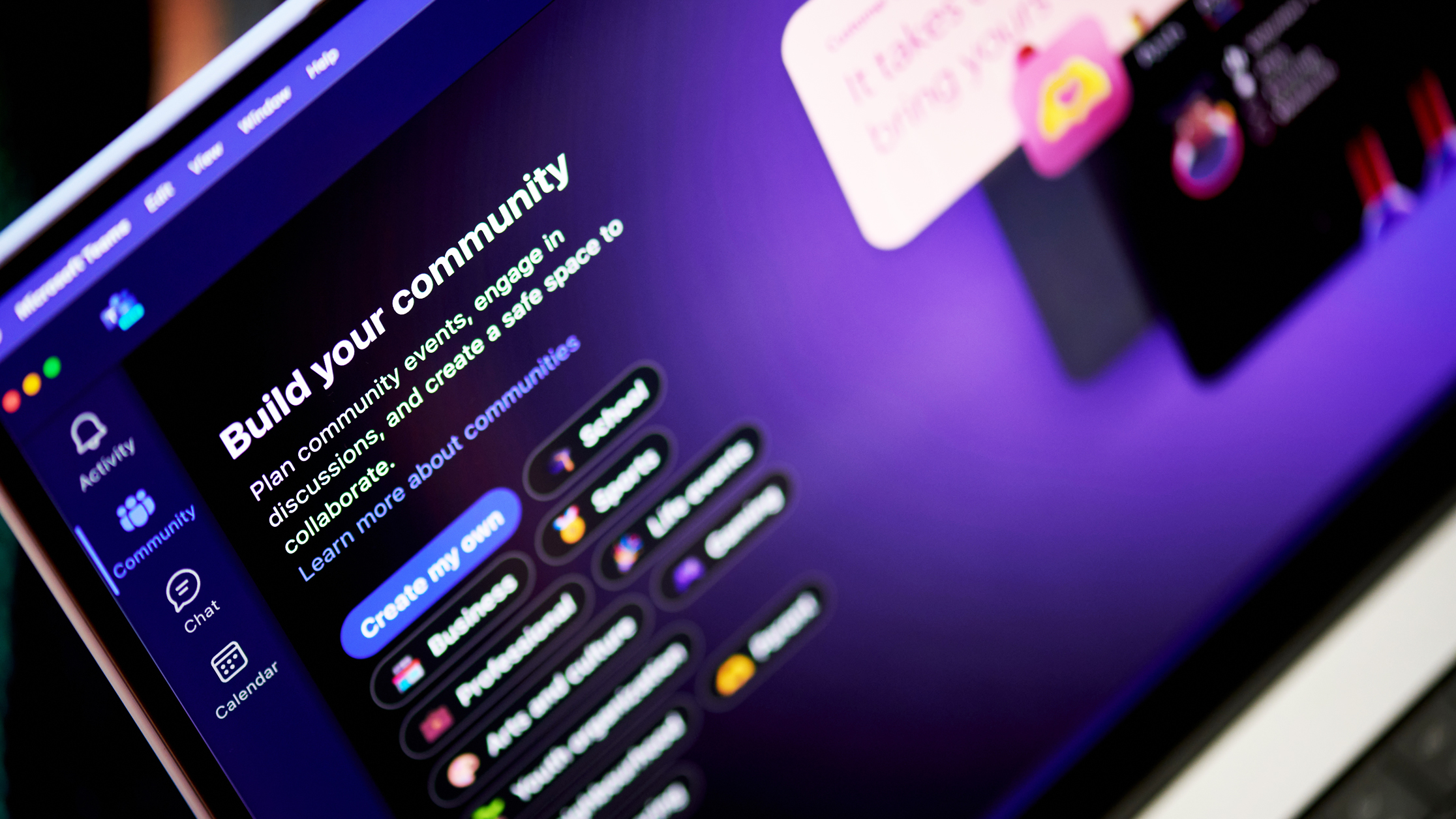Razer Blade Pro 17 (2020) gets new 8-core Intel and option for a 4K 120Hz display with latest NVIDIA
Razer huge (and hugely powerful) Blade Pro 17 now has a 300Hz full HD display or a 120Hz 4K monster. It's all powered by an Intel eight-core CPU and NVIDIA's latest GPUs.

What you need to know
- The Razer Blade Pro 17 now has options for full HD at 300Hz or 4k at 120Hz.
- NVIDIA GeForce RTX 2070 Max-Q or 2080 Super Max-Q are now available.
- New eight-core 10th Gen Intel i7-108750H powers the Blade Pro 17.
- The new Razer Blade Pro 17 ships in late May starting at $2,600.
Razer's juggernaut laptop – the Blade Pro 17 – is getting a hardware refresh for 2020. While the chassis remains the same two new display options, a new processor, and updated GPU make the Blade Pro 17 even more power than before.
Due at the end of May, the 17-inch laptop is still aimed at hardcore gamers who need a desktop replacement, or creatives who want one of the most potent laptops with a color-accurate, high-resolution display.
Regarding design, the Blade Pro 17 follows the Blade Stealth 13 and Blade 15 with the blocky, symmetrical layout with an anodized matte black finish. Like those other laptops, Razer is also "fixing" the keyboard this year by enlarging the right shift key and shrinking the up/down directional arrow keys.
For the CPU, there are no surprises. Razer is using Intel's just-announced Core i7-108750H with eight-cores and a turbo boost to a ridiculous 5.1GHz. That CPU is the only option in the Blade Pro 17 line.

| Category | Specification |
|---|---|
| Processor | Intel Core i7-108750H (Turbo Boost to 5.1GHz) |
| Display | 17.3-inch Full HD (1920 x 1080) at 300Hz, 100% sRGB 17.3 4K (3840 x 2160) TFT touch display at 120Hz, 100% Adobe RGB |
| Storage | 512GB to 2TB PCIe SSD Open M.2 Slot (PCIe, SATA) |
| RAM | 16GB (8GB x2) dual-channel DDR4 Upgradable to 64GB with Intel XMP Support |
| GPU | NVIDIA GeForce RTX 2070 Max-Q NVIDIA GeForce RTX 2080 Super Max-Q |
| Keyboard | Anti-ghosting, per-key RGB Chroma keyboard |
| OS | Windows 10 Home 64-bit |
| Networking | Intel AX201 (Wi-Fi 6) Bluetooth 5.0 |
| Ports | 3x USB 3.2 Gen 2 Type-A 2x USB 3.2 Gen 2 Type-C (shared with TB3) 1x Thunderbolt 3 RJ45 Ethernet (2.5Gb) One power port One HDMI 2.0b One UHS-III SD Card reader |
| Audio | Built-in stereo speakers Dolby Atmos 7.1 Codec support (via HDMI) 3.5mm headphone/microphone port Array microphone |
| Webcam | HD webcam 720P with Windows Hell IR |
| Battery | 70.5 WHr lithium polymer battery Compact 230W Power Adapter |
| Weight | 6.06 lbs (2.75 kg) |
| Dimensions | 19.9 mm (H) / 395 mm (W) / 260mm (D) 0.78 in x 15.55 in x 10.24 in |
| Finish | Anodized Matte Black |
| Price | $2,600 $3,200 $3,800 |
| Availability | Late May |
GPU ranges from an NVIDIA GeForce RTX 2070 Max-Q to the new GeForce RTX 2080 Super Max-Q, which is effectively the most powerful mobile video card on the planet right now.
The display is where it gets interesting. Razer still has two options – full HD (non-touch), or 4K (touch) – but the display refresh rates have been updated. That full HD now hits 300Hz, which seems like overkill, but it also the trend. But that 4K now gets to 120Hz, which is still quite rare to see. The 4K display is aimed at creators, which is why it also has an impressive 100 percent Adobe RGB rating for color accuracy.
Combining that i7 and RTX 2080 Super Max-Q along with up to 64GB of RAM and up to 2TB of storage, the Blade Pro 17 might actually be able to drive that 3840 x 2160 touch display at 120Hz for the first time.
All the latest news, reviews, and guides for Windows and Xbox diehards.
Otherwise, there is the usual assortment of ports, including multiple Type-C, Type-A, Thunderbolt 3, HDMI 2.0b, RJ45 Ethernet, and a UHS-III full SD card reader. Windows Hello infrared flanks the somewhat wimpy 720p webcam and stereo speakers with Dolby Atmos provide the audio.
While the audience for a 6-pound (2.75kg) 17-inch desktop replacement laptop is small, those who have the cash and want the best around should enjoy the Blade Pro 17's power. There's not much else like it right now that is at this premium level.
Pricing and availability
The all-new Razer Blade Pro 17 will start at $2599.99 USD / 2899.99 € MSRP and will be available later this month at Razer.com and through select retailers in the United States and Canada. It will come soon to select retailers in Europe, China, Asia Pacific, and the Middle East.

Daniel Rubino is the Editor-in-chief of Windows Central. He is also the head reviewer, podcast co-host, and analyst. He has been covering Microsoft since 2007 when this site was called WMExperts (and later Windows Phone Central). His interests include Windows, laptops, next-gen computing, and wearable tech. He has reviewed laptops for over 10 years and is particularly fond of 2-in-1 convertibles, Arm64 processors, new form factors, and thin-and-light PCs. Before all this tech stuff, he worked on a Ph.D. in linguistics, performed polysomnographs in NYC, and was a motion-picture operator for 17 years.

